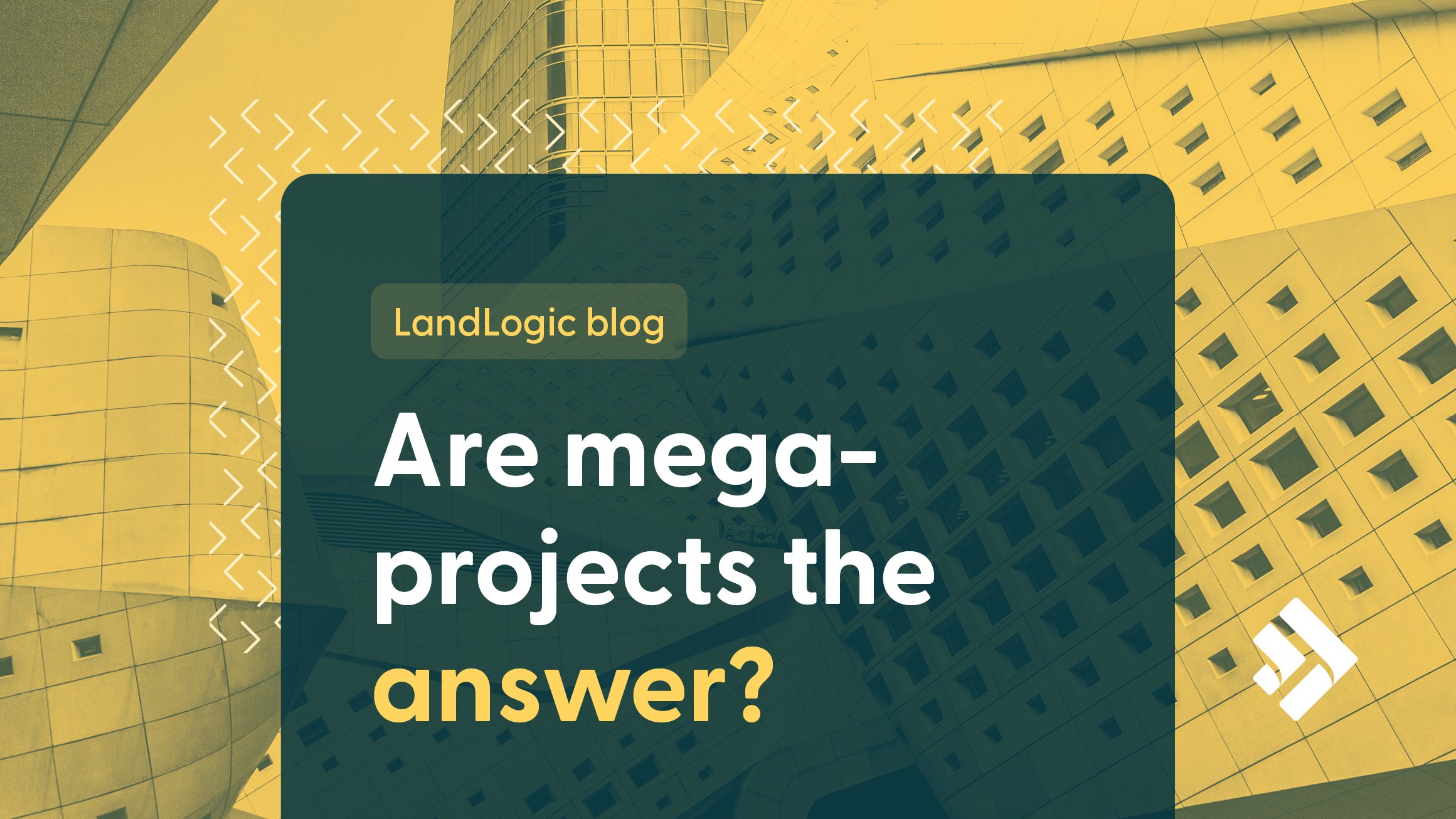The paradox of abundant land
Whenever I talk to my international friends about Canada’s housing crisis there is significant confusion. How can a country as big as Canada with so much land, have a housing crisis?! It is true, we have lots of land – but there is a significant shortage of development ready land. The land shortage is amplifying the housing crisis and the delta between the housing that needs to be built and what is currently being constructed widens daily.
Lots of finger pointing can occur, but if we want to make a positive impact there is a need to recognize the substantial shortage of development-ready land, as highlighted succinctly in BILD’s recent 2023 Land Supply Analysis, and do what we can to make more development ready land available.
The disconnect between available land versus developable land requires a strategic, collaborative approach if we are going to transform raw land into vibrant communities. Solving this issue will require the collective efforts of the entire development ecosystem; an ecosystem made up of builders, developers, and all levels of government. If we have any hope of tackling this problem we need streamlined processes, new ideas, and innovative solutions.
We hope that LandLogic can play a key role. There is a problem with inaccessible and siloed data. Our goal is to aggregate and structure the data and help facilitate more land availability through AI-driven insights available to everyone in the development ecosystem. How we think LandLogic can help:
Identifying Potential
By highlighting underutilized areas suitable for development by analyzing data on zoning, official plans, environmental constraints, and infrastructure requirements.
A key challenge in Canada's land development sector is the scattershot approach taken when land is purchased for future development. Greenfield properties are often purchased well before the necessary infrastructure is in place. This sometimes forces municipalities to be reactive in addressing the needs of new development rather than collaborative. Our goal is to make data available to both sides of the development equation early and enable a more strategic alignment between municipal plans and development projects.
By providing developers with insights into how municipalities envision development, LandLogic can foster a more proactive and collaborative approach. When development is more strategic, and less scattershot, Municipalities can plan infrastructure and services in anticipation of new developments, ensuring that growth is both sustainable and integrated with broader urban planning objectives.
Streamlining Processes
Accessible data should not only streamline the development process but also promote thoughtful and community-focused growth, minimizing the environmental impact and enhancing the livability of new developments. We want to provide a platform that streamlines data analysis and decision-making. If we can do this, we can facilitate more efficient interactions between developers and regulatory bodies, helping to expedite the planning and approval stages.
There is no silver bullet to solve the housing crisis, but we believe that technology that provides more open and available data will foster the collaboration needed to help address the critical bottleneck of development-ready land. The housing crisis is complex and was many years in the making, but most can agree that more development ready land is needed. We need all hands on deck if we are going to navigate the challenge.




















